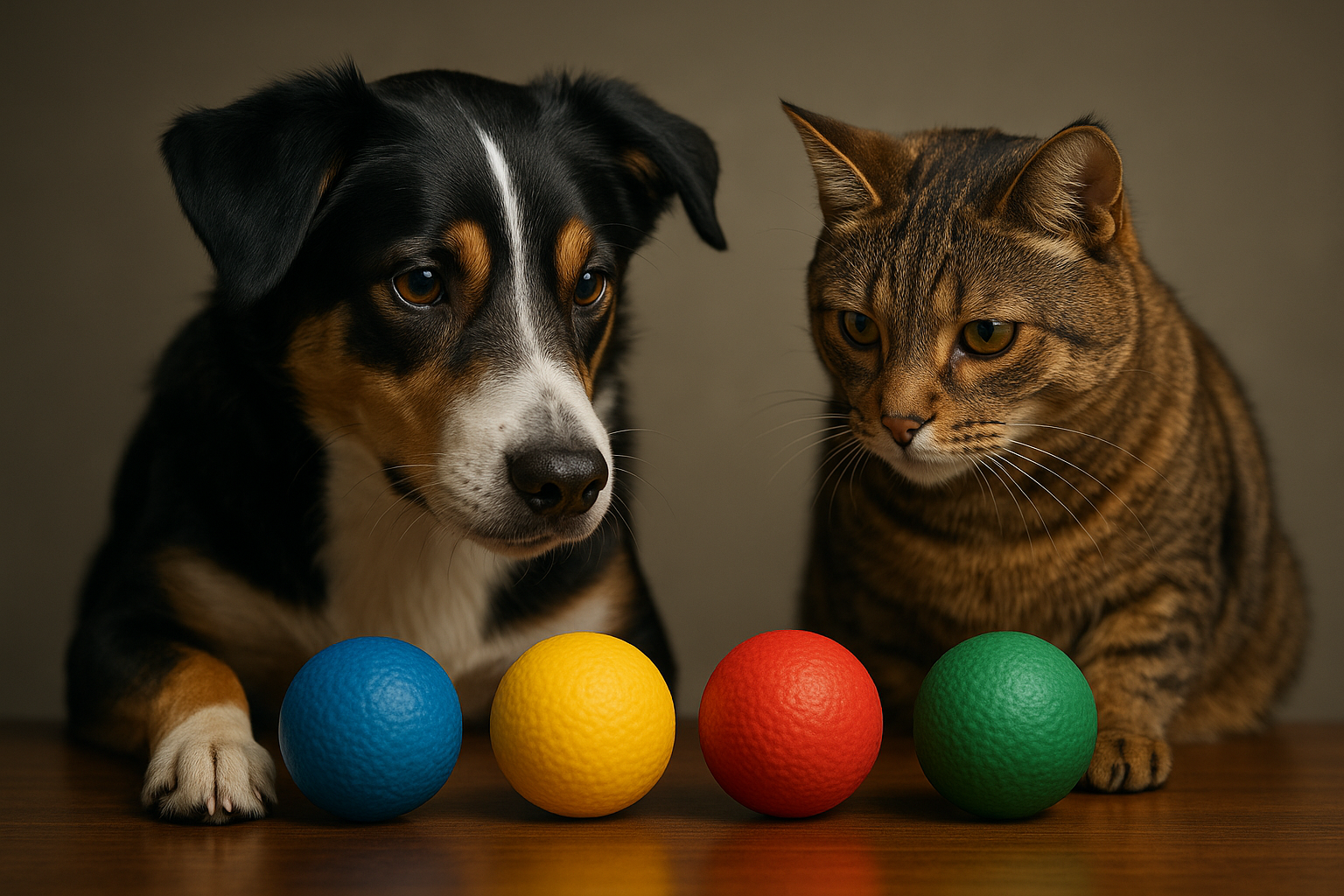Creating Enriching Play Schedules for Indoor Companions
Designing a reliable, varied play schedule helps indoor companions stay physically fit and mentally stimulated. By blending short active sessions with quiet enrichment and social interaction, caregivers can support behavior, wellness, and bonding while accommodating different ages and abilities.

Designing consistent, enriching play routines helps indoor companions thrive even when outdoor time is limited. A thoughtful schedule balances active exercise, cognitive enrichment, grooming and quiet bonding moments. Considering factors like age, breed or species, medical needs, and temperament helps create sessions that support training goals, behavior management, nutrition schedules, and overall wellness. The approach below organizes play into manageable blocks throughout the day so indoor pets receive predictable stimulation without becoming overstimulated.
Training: How can short sessions help learning?
Short, frequent training sessions fit naturally into a play schedule and reinforce desired behaviors. Use multiple two- to five-minute bursts spread across the day for basic commands, leash or harness practice, and gentle shaping of new skills. Pair training with high-value rewards tied to your pet’s nutrition needs—small kibble pieces, healthy treats, or toy play—so you avoid overfeeding during multiple sessions. Consistency helps cement behavior changes while keeping sessions fun; end on a positive note and alternate cues with enrichment tasks to maintain interest.
Behavior: What routines reduce anxiety and unwanted actions?
Predictable routines reduce stress and help address common indoor behavior issues like excessive vocalization, scratching, or destructive chewing. Schedule active play before alone times to burn energy and include quiet enrichment afterwards to promote calm. Use puzzle feeders or scent games to redirect foraging instincts and discourage attention-seeking behaviors. If you notice persistent anxiety or aggression, coordinate with a veterinary wellness check and a qualified behaviorist to rule out health causes and develop a tailored behavior plan.
Grooming: When should grooming fit into the day?
Integrate grooming into your play schedule as brief, positive segments to normalize handling and reduce stress. For cats and dogs, short brushing sessions, nail checks, ear inspection, or gentle tooth care can be paired with play or after a calm enrichment activity so your companion associates grooming with rewards and relaxation. For pets with special grooming needs, set weekly blocks and keep supplies handy; maintaining a grooming routine supports coat health, reduces shedding and contributes to overall bonding and trust.
Nutrition: How does feeding align with activity?
Link feeding times with activity and enrichment to support digestion and weight management. For many pets, small meals or portioned kibble for training and puzzle feeding throughout the day encourages natural foraging while regulating calorie intake. Avoid vigorous exercise immediately after a large meal—schedule calm enrichment or rest instead. For pets with specific dietary requirements or weight concerns, coordinate play and feeding with veterinary guidance to balance energy expenditure and nutritional needs.
Enrichment: What kinds of play stimulate the mind?
Rotate enrichment types to keep play schedules engaging: puzzle feeders, scent games, hide-and-seek with toys, and supervised object play all encourage problem-solving and natural behaviors. Introduce novel textures, sounds and safe foraging opportunities on a predictable schedule so pets learn to look forward to mental challenges. Enrichment can be passive (a filled puzzle toy during quiet time) or active (interactive chase or fetch sessions). Regular enrichment supports behavior, reduces boredom-related issues, and strengthens bonding when caregivers participate.
Socialization: Which services and providers support social needs?
Social opportunities vary by species and individual temperament; some indoor companions benefit from supervised playdates, classes, or professional care. Below are real providers that offer services relevant to socialization, training, grooming, and veterinary care in many areas.
| Provider Name | Services Offered | Key Features/Benefits |
|---|---|---|
| Banfield Pet Hospital | Veterinary care, wellness plans | Nationwide clinics offering routine wellness, vaccinations, and preventive care |
| VCA Animal Hospitals | Veterinary and specialty services | Broad network with urgent care and specialty referrals |
| Petco Grooming | Grooming and basic training classes | Accessible grooming services and group classes for socialization |
| Petfinder | Adoption listings and resources | Helps match adopters with local shelters and information on rehoming |
| Rover | Pet sitting and dog walking | On-demand care and socialization options with local sitters and walkers |
When considering providers, check credentials, reviews, and whether services align with your pet’s needs. Prices, rates, or cost estimates mentioned in this article are based on the latest available information but may change over time. Independent research is advised before making financial decisions.
Creating a balanced play schedule for indoor companions combines consistent short bouts of training, diverse enrichment, scheduled grooming, mindful nutrition timing, and appropriate social opportunities. Regularly review and adjust the routine to reflect your pet’s changing needs—age, health, and behavior evolve over time—so play remains beneficial for bonding and long-term wellness.





